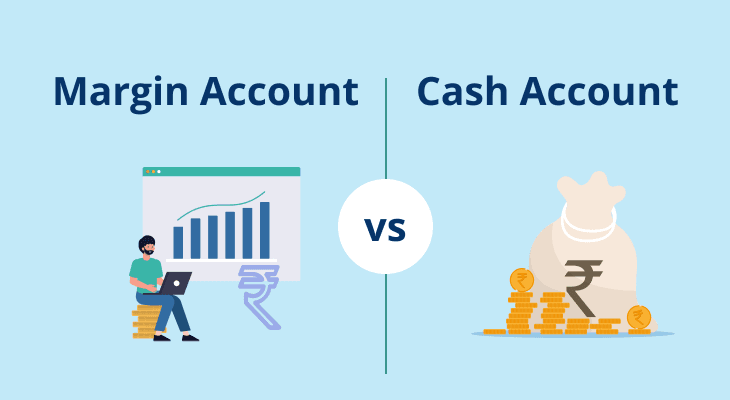
What is Delivery Margin Trading
You must have often come across the term "delivery margin". It is commonly used in the context of securities trading in India. So, what is delivery margin, and how does it impact you as an investor? Read on to know everything you need to about it.
What is delivery margin?
Delivery margin refers to the amount of money that traders or investors need to keep in their trading accounts to take delivery of the securities they have purchased. When you buy stocks, you have two options:
Take delivery of the securities and hold them, or,
Sell them before the settlement date.
If you choose the first option and take delivery of the purchased securities, you need to pay the full amount based on the current market value. Another requirement is to maintain a certain amount of delivery margin in your trading account.
This delivery margin requirement is set by SEBI who keeps updating it based on prevailing market conditions and other socio-political factors. It is intended to ensure that traders have sufficient funds in their accounts to pay for the securities they have purchased. As per its latest ruling, the delivery margin requirement of 20% needs to be maintained at all times. Let us see this through an example.
Let us assume you sold your stocks on T day for ₹20,000. Under the latest peak margin rule implemented by the SEBI, 20% of this amount (₹4,000) will be blocked as equity delivery margin and will be made available to you on the next trading day (T+1). The remaining 80% (₹16,000) will be available to you for immediate use to either withdraw or buy additional securities with.
Why was the delivery margin introduced?
Prior to the introduction of the peak and delivery margin rules, you would receive the 100% amount upon selling of shares that you could use immediately. This was perceived to be encouraging higher levels of speculation and risk-taking among investors. To counter this, delivery margin in the share market was introduced as a risk management tool, and to ensure that traders have sufficient funds to pay for the securities they purchase and take delivery of them. In India, the delivery margin has become mandatory for all trades where the trader intends to take delivery of the securities.
What happens if the delivery margin is not met?
If you fail to maintain the required delivery margin in your account, you may be subject to margin shortfall penalty and/or restrictions on your trading activity. In severe cases, failure to pay for securities purchased can be a cause for the broker or the exchange to initiate legal action against you. Therefore, it is important for traders to understand and comply with delivery margin requirements to avoid any negative consequences.
By now, you must have understood the meaning of delivery margin, its importance, and how it impacts your trading journey. Investors can purchase shares on credit thanks to margins. In order to execute a deal, an investor must contribute less of his own money when the margin requirement is low and more money when the margin need is high. Peak Margin tightens the restrictions on the amount of leverage made available to investors in an effort to lower and regulate the risks that they can incur when trading on the stock market.
FAQ
Can I get a loan against my delivery margin?
Yes, some brokers do offer loans against your delivery margin. However, it is important to understand the terms and conditions and read the fine print beforehand. Do note, taking a loan against your delivery margin may increase your overall trading risk and could potentially result in larger losses. It is advised to carefully evaluate the risks and benefits of taking a loan against your delivery margin before making a decision.
What is the minimum delivery margin required for trading in India?
As per the recent SEBI rules regarding peak margin, only 80% of the amount made by selling the securities will be available for you to invest immediately. The balance 20% is the delivery margin and will be made only on the next trading day (T+1). For an NRI non-PIS account, this ratio is 60:40 wherein 60% can be used immediately and 40% (delivery margin) on the following trading day.
Can I use my delivery margin to trade in other securities?
The delivery margin is specifically allocated for taking delivery of the securities that you have purchased from the market. Therefore, you cannot use your margin for delivery trading to buy other securities. For that, you need to engage in margin trading through which you can borrow from your broker to buy various securities.
What happens if I do not maintain the required delivery margin in my account?
Maintaining the prescribed delivery margin in your demat account is a mandatory requirement. If you do not do so, you may be subject to penalties and restrictions on your trading endeavours. In extreme cases, your trading account may even be suspended by the broker or the exchange directly. Failure to pay for the securities that you have purchased can also, possibly, lead to legal action by the seller or the exchange.


